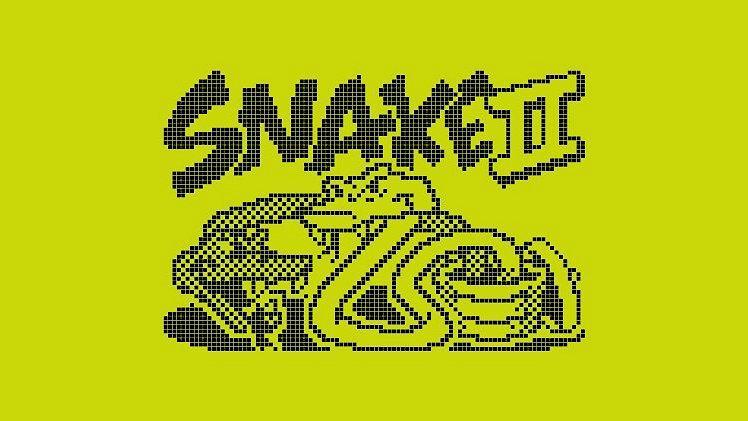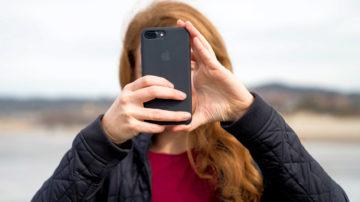So far, this century has seen some huge technological advancements, but arguably none more iconic than some of the classics of the early noughties.
Transporting everyone back to a time before 5G, fibre Internet to the door, wireless charging and professional grade smartphone cameras, experts at online smartphone retailer, e2save, have uncovered some iconic tech moments from the past.
1. Snake II [released in 2000]
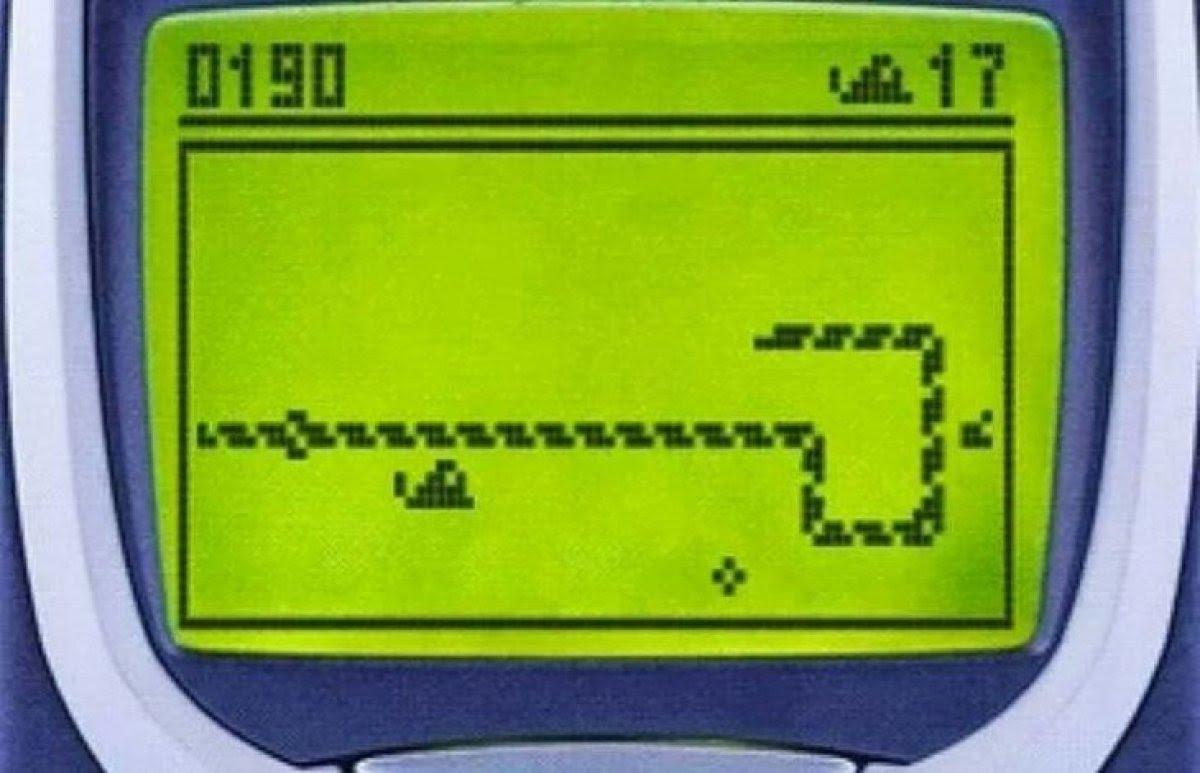 Snake II was a ground breaking game on the Nokia 3310. It was pretty simple, challenging players to control a snake that moved around a set area eating blocks, growing larger in size. The game boomed in popularity in the early 2000s.
Snake II was a ground breaking game on the Nokia 3310. It was pretty simple, challenging players to control a snake that moved around a set area eating blocks, growing larger in size. The game boomed in popularity in the early 2000s.
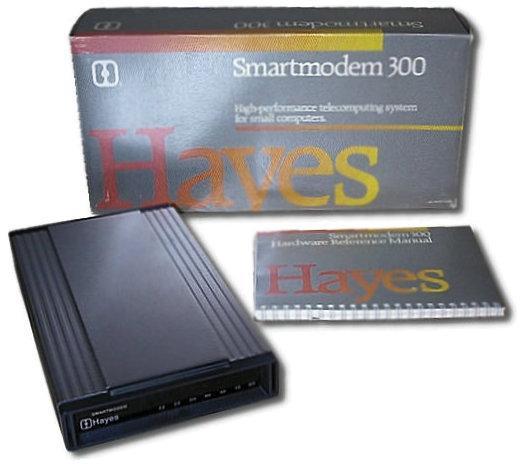
2. Dial up internet [released in 1992]
Lightning-fast fibre Internet connections are commonplace now, but in the 90s and early noughties, when household Internet access was becoming widespread, dial-up was the only option.
Many will remember the dulcet robotic tones of the modem, as well as kicking family members off the phone and putting the landline out of action while you were online.
3. Motorola Razr [released in 2004]
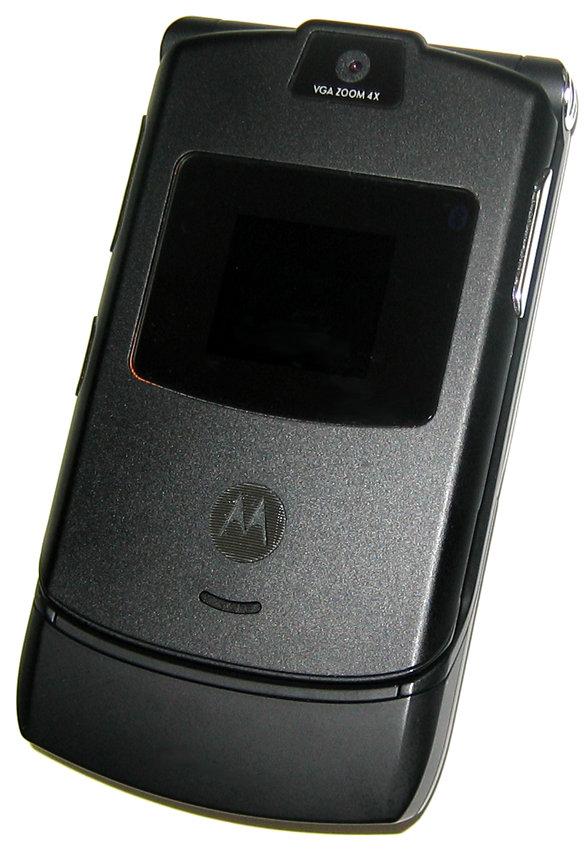 Perhaps the most iconic flip phone of all time, the Razr paved the way for this style of handset in the consumer market.
Perhaps the most iconic flip phone of all time, the Razr paved the way for this style of handset in the consumer market.
The V3 was first released in Q3 2004. The phone had the thinnest profile at the time on a clamshell set, sported an electroluminescent keypad made out of a single metal wafer and used an industry-standard mini-USB port for data, battery charger and headphones, housed in an aluminium body with an external glass screen. It sold 130 million units during its lifespan,
It was one of the most sought-after phones of the 2000s and has even made a comeback in recent years, including a 5G model.
4. Sony Ericsson Walkman phone [released in 2005]
Music streaming services mean carrying access to millions of songs around on your handset is taken for granted, but Sony Ericsson’s Walkman Phone really paved the way when it came to playing music on your phone.
The model blended slick design with music playing capability and was the first phone to introduce flight mode, allowing users to take their tunes on holiday with them.
5. MSN Messenger [released in 1999]
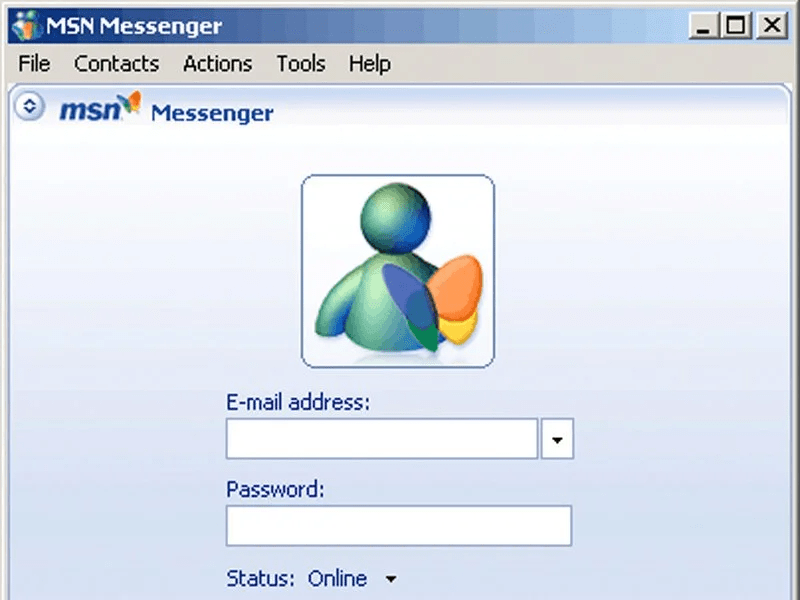
Anyone going online after school? Those who were at school in the noughties will likely remember logging onto MSN Messenger and spending hours chatting on the family computer.
Elaborate screen names and early iterations of emojis made the platform so appealing, before it met its end in 2014.
6. Blackberry Messenger (BBM) [released in 2005]
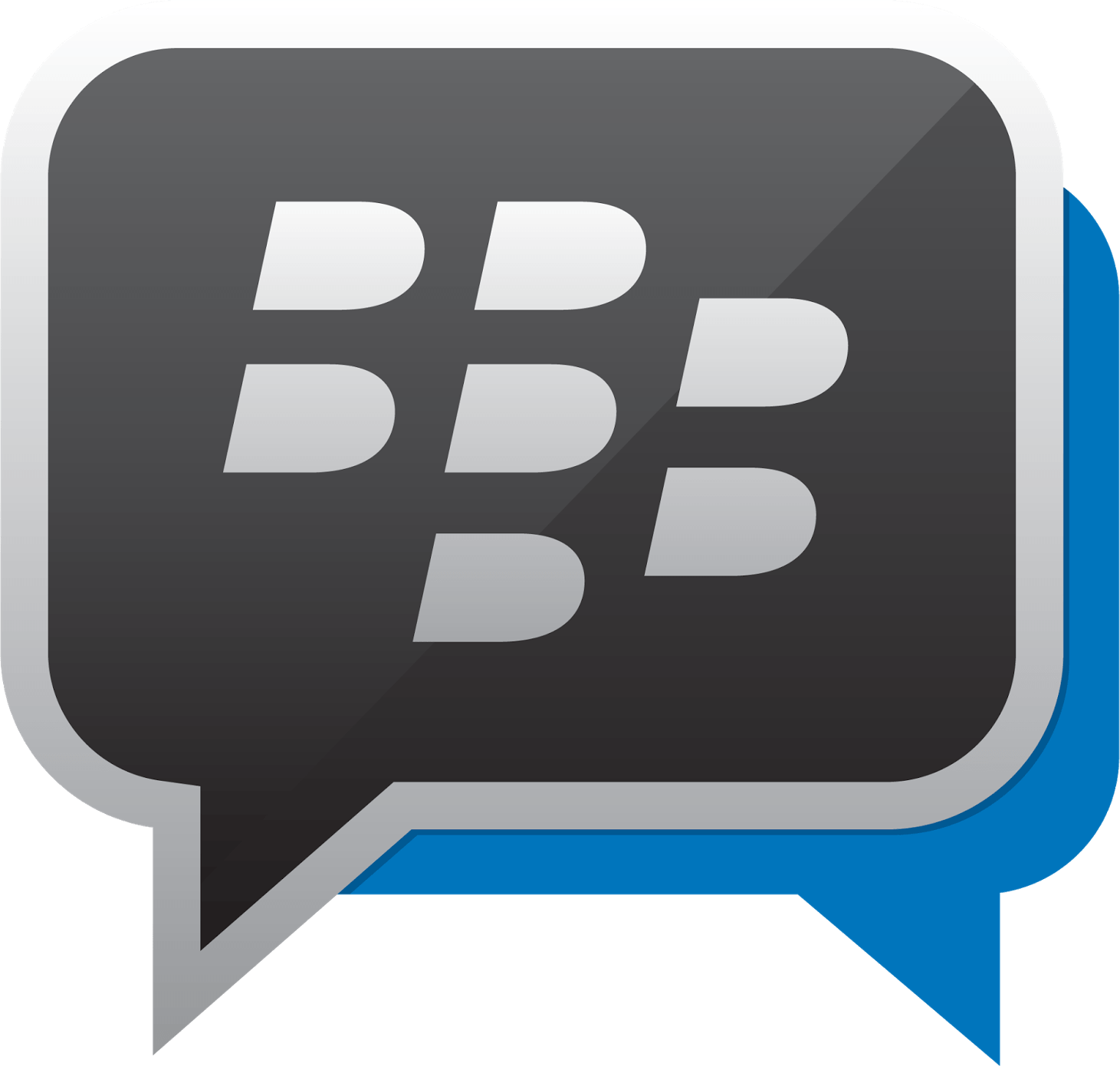 Think about messaging services now and WhatsApp and Facebook’s Messenger will likely spring to mind, but this unique feature on all Blackberry handsets made them so popular at one stage that Blackberry rivalled the popularity of the iPhone.
Think about messaging services now and WhatsApp and Facebook’s Messenger will likely spring to mind, but this unique feature on all Blackberry handsets made them so popular at one stage that Blackberry rivalled the popularity of the iPhone.
Whilst it officially shut down in 2013, those who had their teenage years in the noughties will remember using BBM fondly, or envying their friends who had it.
7. Bebo [released in 2005]
One of the original social media platforms, Bebo provided a blog-style platform for millions to connect. The site allowed users to set up their profiles and customise their pages with unique “skins” so they could flex their design muscles, whilst also uploading photos, commenting on other pages and giving “love” to friends.
 8. Piczo [released in 2004]
8. Piczo [released in 2004]
Another key player in the early days of social media, Piczo was for the more creative among us. This was a blogging website and while there was no option to communicate with others, users had the option to customise their pages with elaborate designs to suit their personality.
9. Poly and monophonic ringtones, and purchasing jingles from the TV [released in 2002]
The rise of smartphone spelled the end for custom ringtones, but this market was so big at one stage that it warranted Billboard’s Ringtone of the Year award.
On early handsets, users had a set range of monophonic ringtones to choose from, later being able to compose their own. Eventually, in 2003, users had the opportunity to download custom tones from the TV, often via Teletext (which in itself is a distant memory).
10. Sending files via bluetooth and infrared [released in 2000/2001]
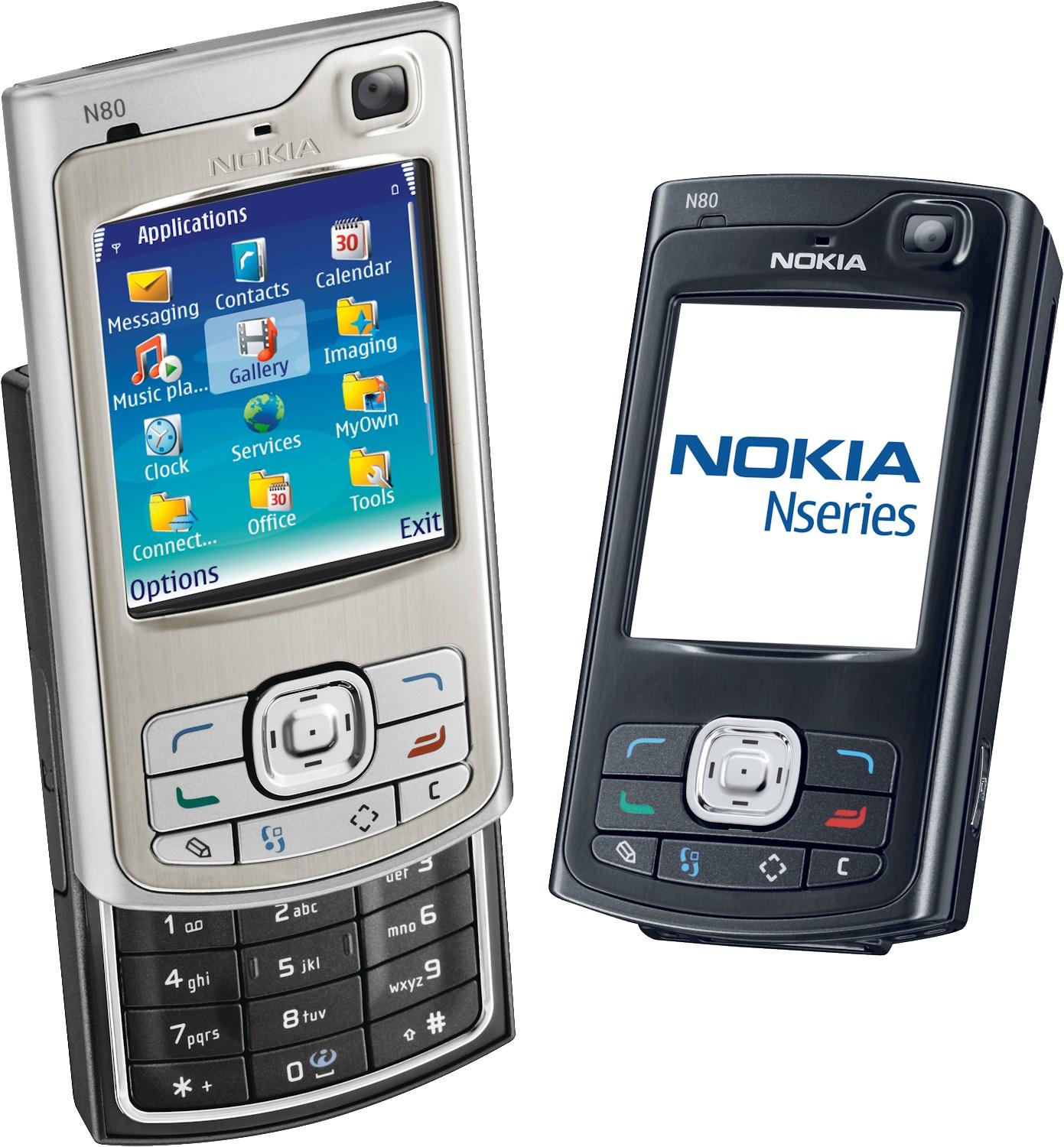 We’re all familiar with Bluetooth now, but on early handsets this was one of the only ways of sending files. Bluetooth enabled handsets meant users in the same vicinity could transfer files between them, although it took much longer that we’re used to now.
We’re all familiar with Bluetooth now, but on early handsets this was one of the only ways of sending files. Bluetooth enabled handsets meant users in the same vicinity could transfer files between them, although it took much longer that we’re used to now.
Before Bluetooth was Infrared, which offered the same ability to send files but only if the two handsets remained in contact throughout.
Mobile expert at e2save, Karl Middleton, told Channel Eye: “Today, young people have the pleasure of growing up with some of the most exciting advancements in tech we’ve ever seen. However, one thing this age group never got to experience was the golden age of noughties tech, which was such an exciting time.
“We know these features will resonate with anyone who grew up in the nineties and noughties!”

